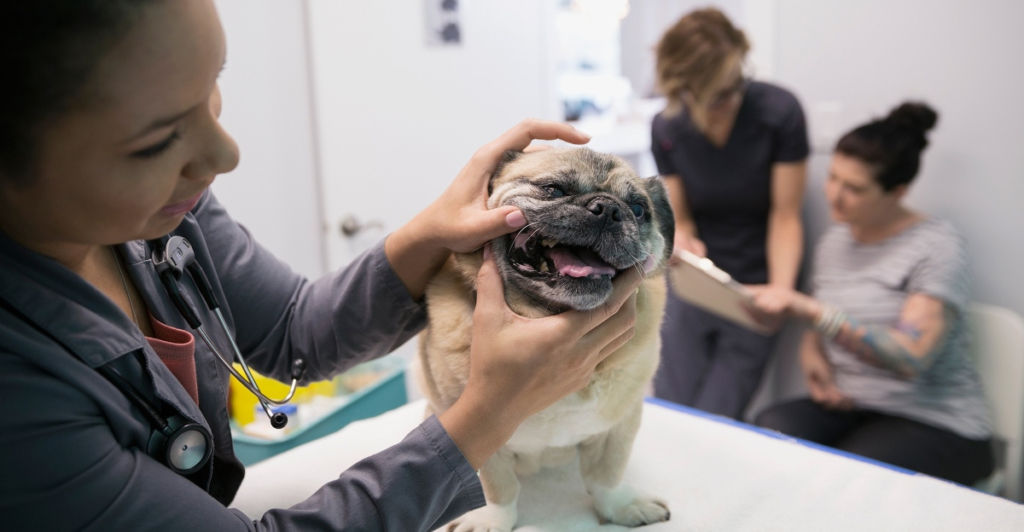
Thinking of adding a dog to your family? While every pup has its charm, some breeds come with health risks or behavioral challenges that might surprise you. Vets often see certain breeds more frequently due to their unique needs or problems. Here are 10 dog breeds that might make you think twice before bringing them home. Don’t worry, we’ll guide you through the reasons why—so you can make the best choice for both you and your future furry friend!
1. Goldendoodles: The High-Maintenance Hybrid
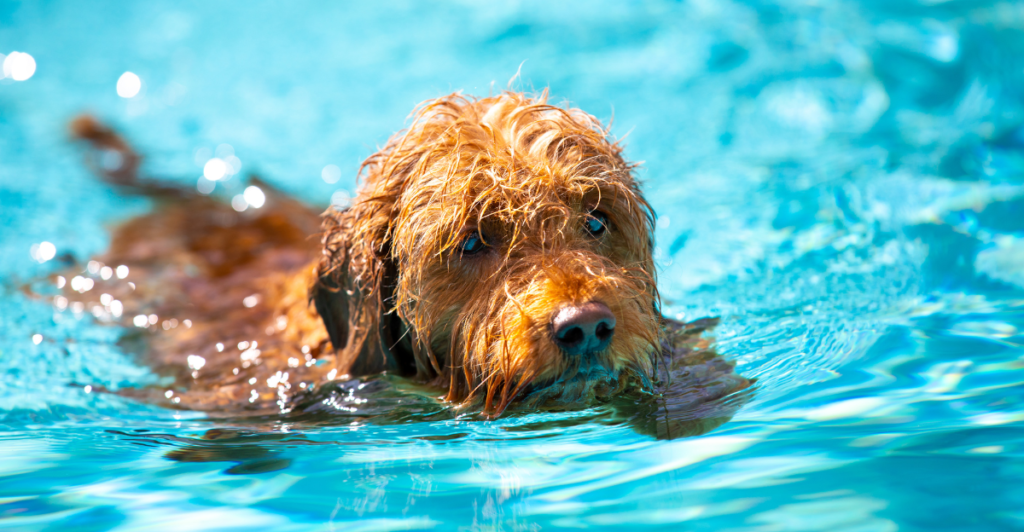
Goldendoodles are often hailed as the ideal family dog, but they come with some hidden challenges that potential owners should be aware of. These hybrid dogs may inherit unpredictable traits from both their Golden Retriever and Poodle parents, making their temperament more difficult to predict. While they’re known for being friendly, many Goldendoodles can also become hyperactive and require constant mental stimulation and exercise, which can be overwhelming for first-time dog owners.
In addition to their high energy, they need regular professional grooming every 6-8 weeks, which can be expensive. Overbreeding has also led to genetic health problems, so potential owners should prepare for potential vet visits. It’s essential to consider whether you’re ready for the time, effort, and cost that comes with this breed.
2. German Shepherds: The Misunderstood Guardians
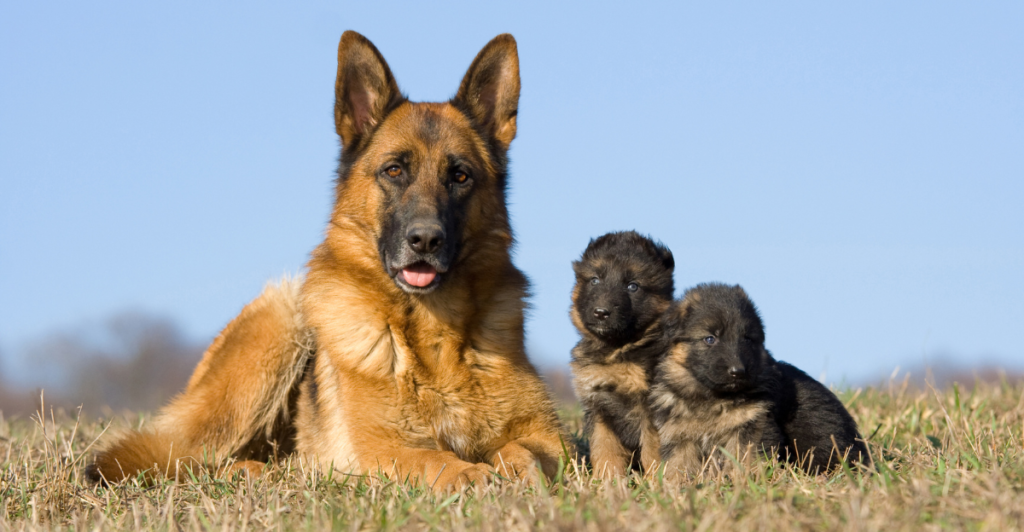
German Shepherds are known for their loyalty, intelligence, and protective instincts, but they’re not always the best choice for an inexperienced dog owner. This breed requires early socialization and consistent training to avoid the development of fear-based aggression, which can be dangerous and difficult to manage. Without the right guidance, they can become hard to control in certain situations, even in a veterinary setting. Vets often report that German Shepherds can be aggressive and difficult to treat, especially in clinical environments where they may need sedation or muzzles.
Additionally, the breed is predisposed to hip dysplasia, elbow dysplasia, and other orthopedic issues, which may require costly treatments throughout their lives. These factors make owning a German Shepherd a significant commitment.
3. French Bulldogs: The Breathing Struggles
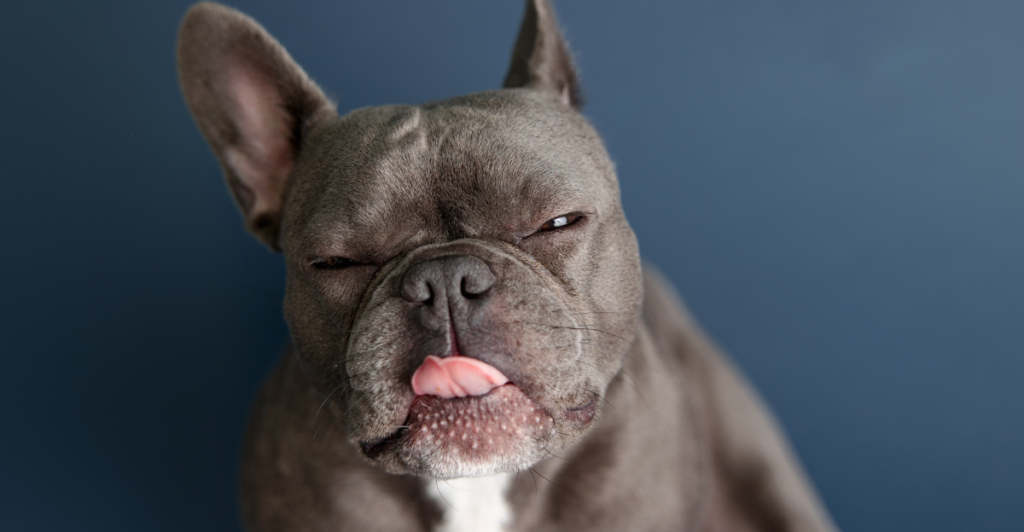
French Bulldogs, with their playful nature and adorable appearance, are one of the most sought-after breeds today. However, they suffer from numerous health issues due to their flat faces. Their brachycephalic facial structure causes breathing difficulties and obstructed airways, which can lead to overheating, especially in hot weather. Vets frequently see French Bulldogs suffering from respiratory distress and even require corrective surgery in severe cases. Their compact build also makes them prone to joint issues and spine problems, which can lead to long-term health challenges.
The breed’s face wrinkles also require constant attention, as trapped moisture can cause skin infections. Potential owners should understand that caring for a French Bulldog is more than just regular walks. It’s about managing a variety of potential health risks that require frequent vet visits.
4. Pugs: The Charm and the Health Risk
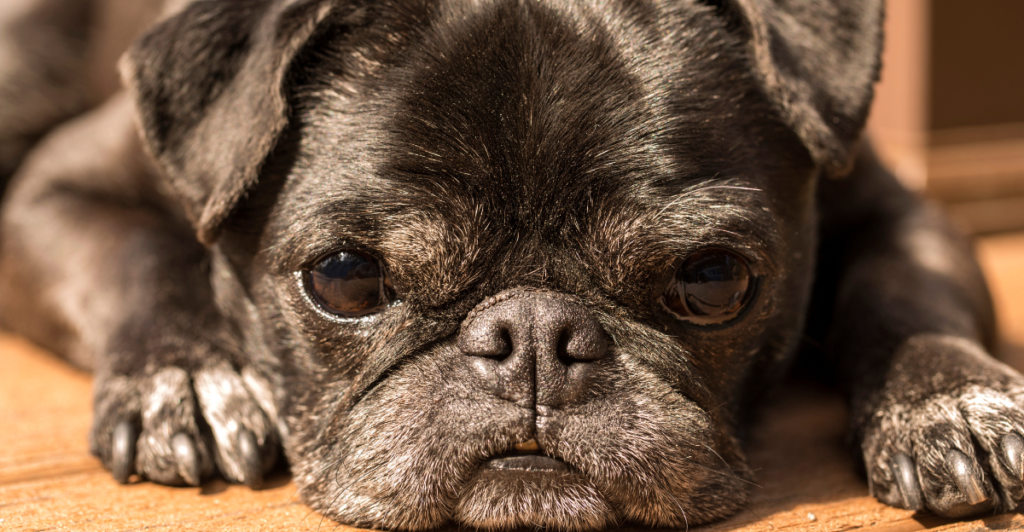
Pugs share many of the same health challenges as French Bulldogs due to their brachycephalic faces. These charming, playful dogs are adored for their fun-loving personalities, but their unique facial structure can lead to significant health issues. Pugs often suffer from breathing problems caused by brachycephalic airway syndrome, which limits their ability to get enough oxygen, especially during physical activity. Their inability to regulate body temperature in hot weather is another risk, as they are prone to overheating.
In addition to respiratory problems, Pugs also have a higher chance of developing eye conditions due to their prominent eyes, and their deep skin folds can lead to infections if not properly cleaned. This breed requires ongoing attention to health concerns, making them a more demanding pet than one might initially think.
5. Belgian Malinois: The Misplaced Working Dog
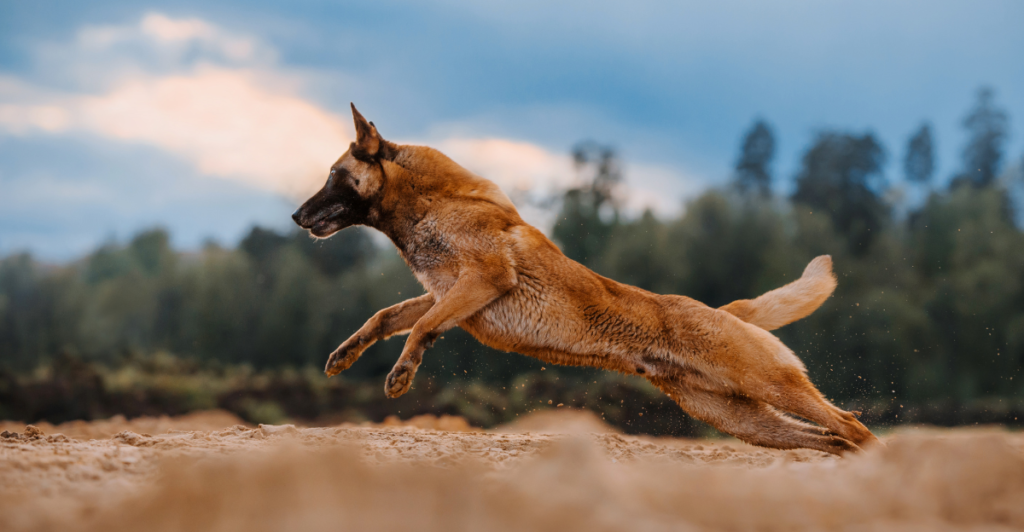
Belgian Malinois are well-known for their exceptional skills in police and military work, but they are not the ideal choice for families or casual pet owners. These high-energy dogs thrive when given intense mental and physical challenges, and without these outlets, they can develop destructive behaviors, anxiety, and frustration. Vets often report that Belgian Malinois are difficult to manage in clinical settings due to their intense focus and drive.
While they are loyal and protective, they require constant training, and if not properly exercised, their hyperactivity can lead to behavioral problems. This breed needs daily mental stimulation and physical activity, making them a better fit for experienced owners who have the time and energy to handle them. Without proper training, they can be a handful.
6. Chow Chows: The Aloof Challengers
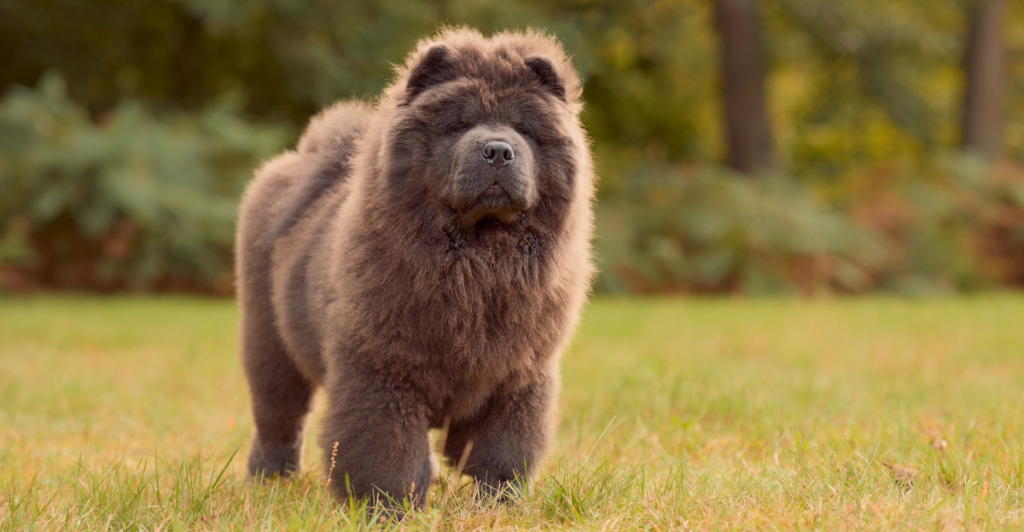
Chow Chows are striking dogs with their lion-like manes, but their temperament and health concerns often catch first-time owners off guard. Known for their aloofness, Chow Chows tend to bond closely with one person and can be aggressive towards strangers, including veterinary staff, making visits more challenging.
Their independent nature makes them difficult to train, and they often don’t respond well to obedience training. They’re also prone to health problems, such as hip dysplasia and elbow dysplasia, which can cause mobility issues as they age. Another concern is their thick double coat, which requires regular grooming to prevent skin infections and matting. Due to their unique needs, potential owners should be ready for a dog that requires extensive attention and patience, as well as a commitment to managing their health issues.
7. Dachshunds: The Long-Term Spinal Risk
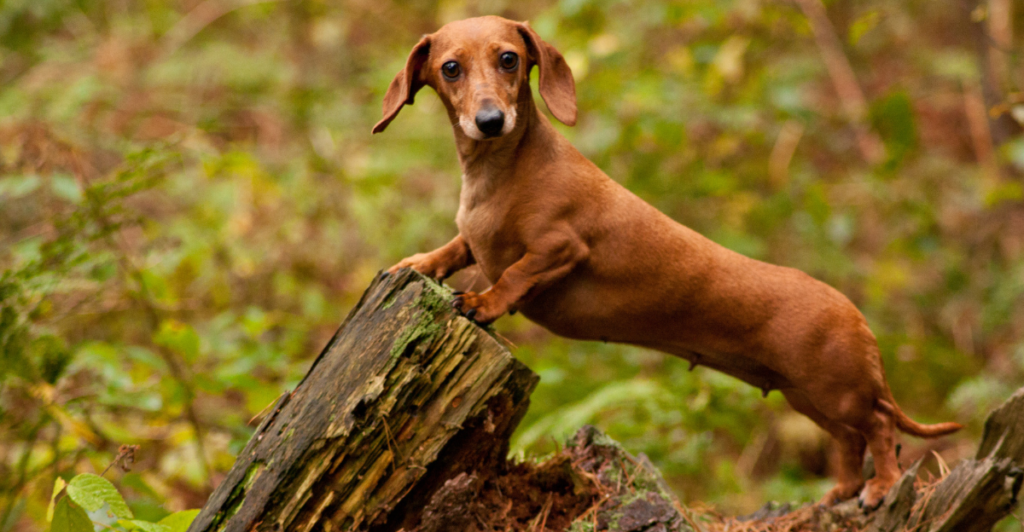
Dachshunds, with their long bodies and short legs, are endearing, but they come with serious health risks, especially regarding their spine. This breed is prone to intervertebral disc disease (IVDD), which can cause excruciating pain and potentially lead to paralysis. Vets frequently see Dachshunds requiring emergency surgery to treat this condition, which can result in significant veterinary expenses.
Additionally, their unique body shape makes them more susceptible to obesity, which exacerbates their spinal issues. Dachshunds can also be stubborn, making training difficult, especially when it comes to housebreaking. Potential owners should be prepared for the possibility of chronic back problems and long-term vet care. Maintaining a healthy weight and providing proper exercise are essential to reduce the risk of spinal injuries in this breed.
8. Shar Peis: The Wrinkly Health Conundrum
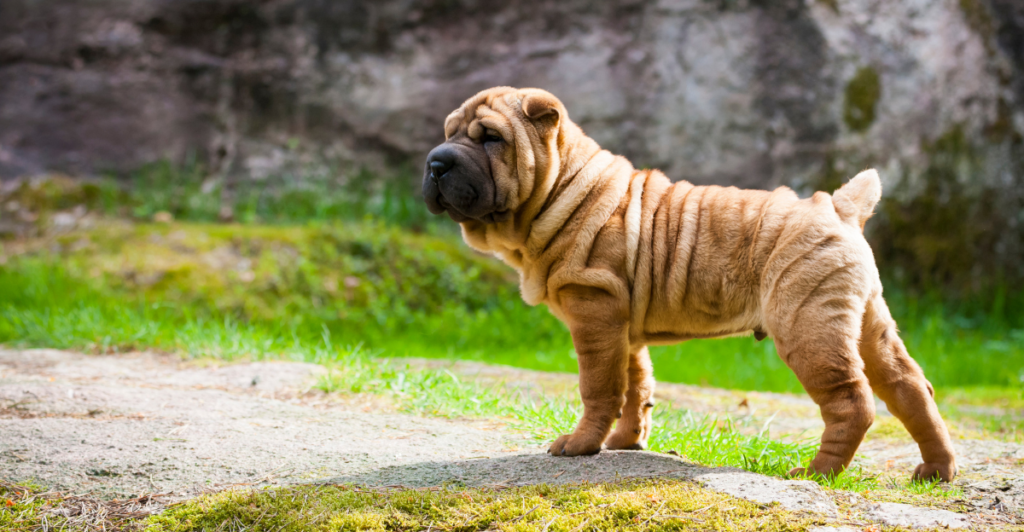
Shar Peis are easily recognizable by their distinctive wrinkled skin, but these folds come with serious health challenges that potential owners should be aware of. The breed is prone to a condition known as Shar Pei fever, an autoinflammatory disease that causes fever, joint swelling, and even kidney issues. The deep wrinkles on their face and body also trap moisture, creating an environment for skin infections, which require regular cleaning and care.
Additionally, Shar Peis are at risk for eye problems such as entropion (where the eyelids roll inward) and glaucoma, which can lead to blindness if not properly managed. Their independent and sometimes stubborn nature can also make training a challenge. This breed requires a great deal of ongoing veterinary care, which can become a significant financial commitment for owners.
9. Cavalier King Charles Spaniels: The Heart-Breaking Beauty
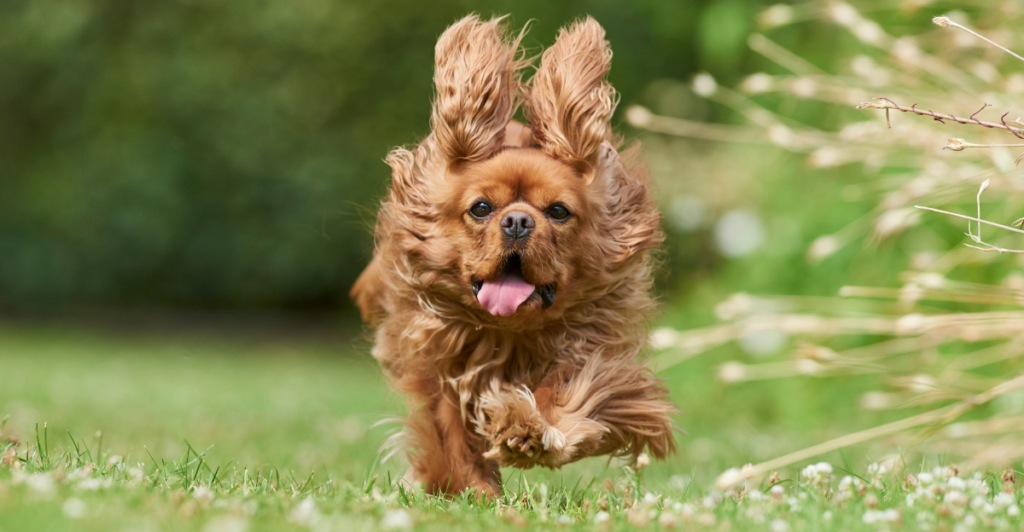
Cavalier King Charles Spaniels are beloved for their affectionate nature and stunning looks, but they come with a serious health risk: heart disease. Over 50% of Cavaliers are affected by mitral valve disease, a heart condition that typically develops by age 5 and often leads to heart failure. This condition, along with syringomyelia, a painful neurological disorder, means owners often face heart-wrenching decisions as their pets age.
Additionally, Cavaliers are prone to other health concerns such as ear infections and eye problems. The breed’s susceptibility to these conditions can lead to frequent vet visits and expensive treatments. Owners should be aware that caring for a Cavalier King Charles Spaniel involves a long-term commitment to managing heart health and other serious conditions, making it crucial to plan for ongoing veterinary care and potential high costs.
10. Bernese Mountain Dogs: The Gentle Giants with Short Lifespans

Bernese Mountain Dogs are known for their gentle and affectionate nature, but they come with some difficult realities. Unfortunately, these large dogs tend to have short lifespans, often due to cancer, which affects over 50% of the breed before they reach 8 years old. This can be emotionally taxing for owners, as their beloved pet may not live as long as they expect.
Bernese Mountain Dogs are also prone to other health issues, including hip and elbow dysplasia, bloat, and various forms of arthritis. Their thick coats, while beautiful, also require extensive grooming and can hide underlying health issues. Owners must be prepared for the possibility of losing their dog at a relatively young age, along with the financial and emotional challenges that come with their health problems.
Explore more of our trending stories and hit Follow to keep them coming to your feed!

Don’t miss out on more stories like this! Hit the Follow button at the top of this article to stay updated with the latest news. Share your thoughts in the comments—we’d love to hear from you!







